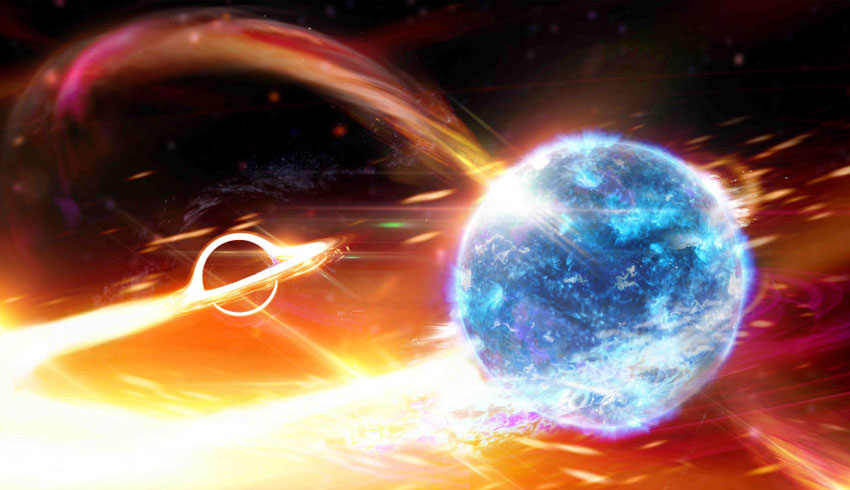Science enthusiasts and the general public have become accustomed to finding out about cataclysmic events in space such as black holes colliding, as though spotting them was as easy as riding a bike.
In fact, scientists only detected ripples from such an event for the first time about four years ago. Forty years of tireless work from a collaboration of thousands of people around the globe went into that breakthrough.
ANU Professor David McClelland is leader of the Australian partnership in Advanced LIGO and deputy director of the ARC Centre of Excellence for Gravitational Wave Discovery (OzGrav). He and his team of instrument scientists had a big role to play in the discoveries, but their work stands to make an even bigger impact in the future.
A paper just published in the prestigious journal Physical Review Letters outlines exciting results from the team's work to help improve the sensitivity of laser interferometers in the US that can detect ripples in space and time from these violent smashes in the universe.
These ripples, known as gravitational waves, are minuscule and many of them can be easily drowned out by so-called quantum noise in the laser's surrounding vacuum that is pushing the interferometer's mirrors around and making measurements fuzzy.
The ANU researchers' method, called 'squeezing', dampens quantum noise to help make measurements more precise. The LIGO detectors were recently taken offline for upgrades to improve their range and precision, including with the enhanced squeezing capability.
Members of Professor McClelland's Centre for Gravitational Astrophysics, Nutsinee Kijbunchoo and Dr Terry McRae, spent a year at the Hanford Observatory as lead members of the LIGO installation and commissioning team. That team includes Dr Georgia Mansell, who did her PhD on quantum squeezing at ANU and is now at LIGO, as well as collaborators from MIT and Caltech.
Kijbunchoo was one of the three female graduate students who led the quantum squeezing improvement of the advanced LIGO gravitational wave observatory reported in Physical Review Letters.
Kijbunchoo, along with MIT's Maggie Tse and Haocun Yu, used technology pioneered at ANU and refined at MIT to improve the detector's performance by more than 15 per cent.
"When we injected squeezing into the Hanford detector for the first time, the range improvement even before the optimisation was jaw dropping. That was really the moment I realised how important squeezer was and how much I have contributed. I can graduate happy," Kijbunchoo explained.
Dr Lisa Barsotti from the MIT LIGO Lab, the leader of the overall installation project, said that the ANU and MIT collaboration in this area has been pivotal to LIGO reaching much, much further out into space.
"The measurement we're making is so sensitive that the quantum vacuum matters," Dr Barsotti said.
Professor McClelland, who is based in the ANU Research School of Physics, recalls the day 15 years ago when his then graduate student Kirk McKenzie burst into his office to announce that they had made, for the first time anywhere, the type of squeezing needed for gravitational-wave detectors.
He said that while there was still much work to be done at that point in time, the team realised how they could achieve their goal.
"The achievement this year is the fulfilment of a dream we had 17 years ago, but it is also just the beginning. We know how to make the squeezers and the interferometers even better," he said.
Professor McClelland added, "Within a few years we expect the quantum enhancement to be more than a factor of three, increasing the rate at which gravitational waves are detected by around 30. We will be seeing gravitational waves on a daily basis."

